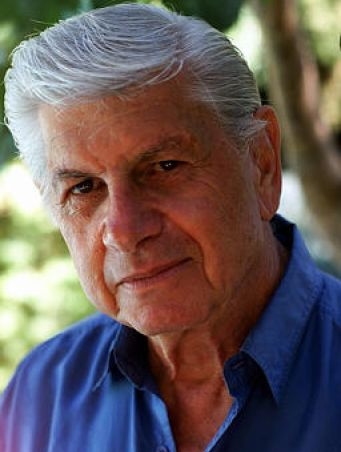
Classic Tracks - Page 4
A heartfelt Kennedy-era paean of love, lust and seduction, from it’s unmistakeable boom-ba-boom-pah drum intro through two minutes, 40 seconds of yearning vocals, tension-building pauses, and strings and horns that meld with claps, castanets, Hal Blaine’s machine-gun breaks and Phil Spector’s “Wall of Sound”, “Be My Baby” is one of the finest – some, including Brian Wilson, say the finest – recordings in all of popular music; what the producer himself described as “a Wagnerian approach to rock ‘n’ roll”.
“I was looking for a sound,” he explained the following year, “a sound so strong that if the material was not the greatest, the sound would carry the record. It was a case of augmenting, augmenting. It all fitted together like a jigsaw.”
In this case, the material was superb and its assembly made it great. Two drummers partook in the July ’63 session; Hal Blaine and, Levine surmises, Earl Palmer. Carol Kaye and Ray Pohlman probably played bass. Any three of Leon Russell, Al Delory, Larry Knechtel and Don Randi would have played keyboards, and then the four guitarists drew on a pool that included Billy Strange, Tommy Tedesco, Barney Kessel, Gene Estes, Michael Deasy, Dennis Budimir and Glen Campbell.
“Friends or admirers of Phil would show up to see and hear what was going on,” Levine recalls, “and most of them would invariably end up in the studio playing percussion or some other instrument. Because the room was so small, I was always going to get drum leakage in all the other microphones, particularly the acoustic guitars’. So, what I’d do was mic the drums minimally with Neumann U67s overhead and RCA 77s on the kick just to get enough presence, and then it was a continual process of re-balancing as each instrument was added [to the lineup]. Because the drums weren’t the focal point, the choice of microphones we used on them wasn’t so critical – we had a great drummer and he had a great sound.”
Not that this was always enough. Spector himself once commented, “In those days if I couldn’t get a drum sound I’d go crazy. I’d go out of my mind, spend five or six hours trying to get a drum sound.”
Levine concurs: “The drums were the bane of Phil’s existence. He’d keep saying, ‘In Detroit they’ve got the drums nailed down and they always sound the same.’ I could never get them to sound the same. It was always work getting the drum sound right; to get it sounding like it was coming from Hal and not just a roomy sound. That depended a lot on what key the other musicians were playing in. For instance, if the acoustic guitars were playing a lot of open strings, their sound would be stronger and so there would be less leakage in their microphones, whereas the opposite would be true if they were playing in a key where the sound wasn’t as strident. It was a precarious balance, and Hal and Earl and all the guys who played drums were always really cooperative if I asked them to tone it down a little bit.
“You see, I never wanted all the bleed between instruments – I had it, but I never wanted it – and since I had to live with it, that meant manipulating other things to lessen the effect; bringing the guitars up just a hair and the drums down just a hair so that it didn’t sound like it was bleeding. If they had to change something then I had to change something. If I needed more mic inputs, I’d often tie the acoustic guitars together because they gave the sound part of its structure and didn’t need to be heard individually. They were just some of the bricks in the wall, so to speak, and I could therefore get away with doing that, although I also remember one time when I ran out of microphone inputs and one of the acoustic guitars had a mic that wasn’t plugged in. I said to Phil, ‘You know, we’re not hearing him. You may as well send him home,’ and he said, ‘No, it sounds right. He stays.’ There was no way that acoustic guitar could be heard without a microphone.”
All of which ties in with the widely-reported image of Spector as mad dictator, relentlessly working his musicians beyond the point of exhaustion and refusing to given them even a few minutes’ break. Levine insists this is inaccurate.
“It wasn’t because he was a taskmaster, but he just felt that if the guys moved they’d shift the microphones and we’d never get them back to the same exact position,” he says. “The sound depended on that, so he hated to give breaks, and he’d try to put this off as much as he could. Still, he did give them, and his admonition was always, ‘Don’t touch the microphones.’ That having been said, while he did have a remarkable ear, it was strange because the things that upset him were not necessarily wrong notes. If what was played fit in with the larger scheme of things, that was okay. He went more for feel. That was the most important thing.”
<< 1 - 2 - 3 - 4 - 5 - 6 - 7 >>
Webmaster: Jos Megroedt | Website: http://www.josmegroedt.com/ |
This site is hosted by: http://www.hostingphotography.com/

